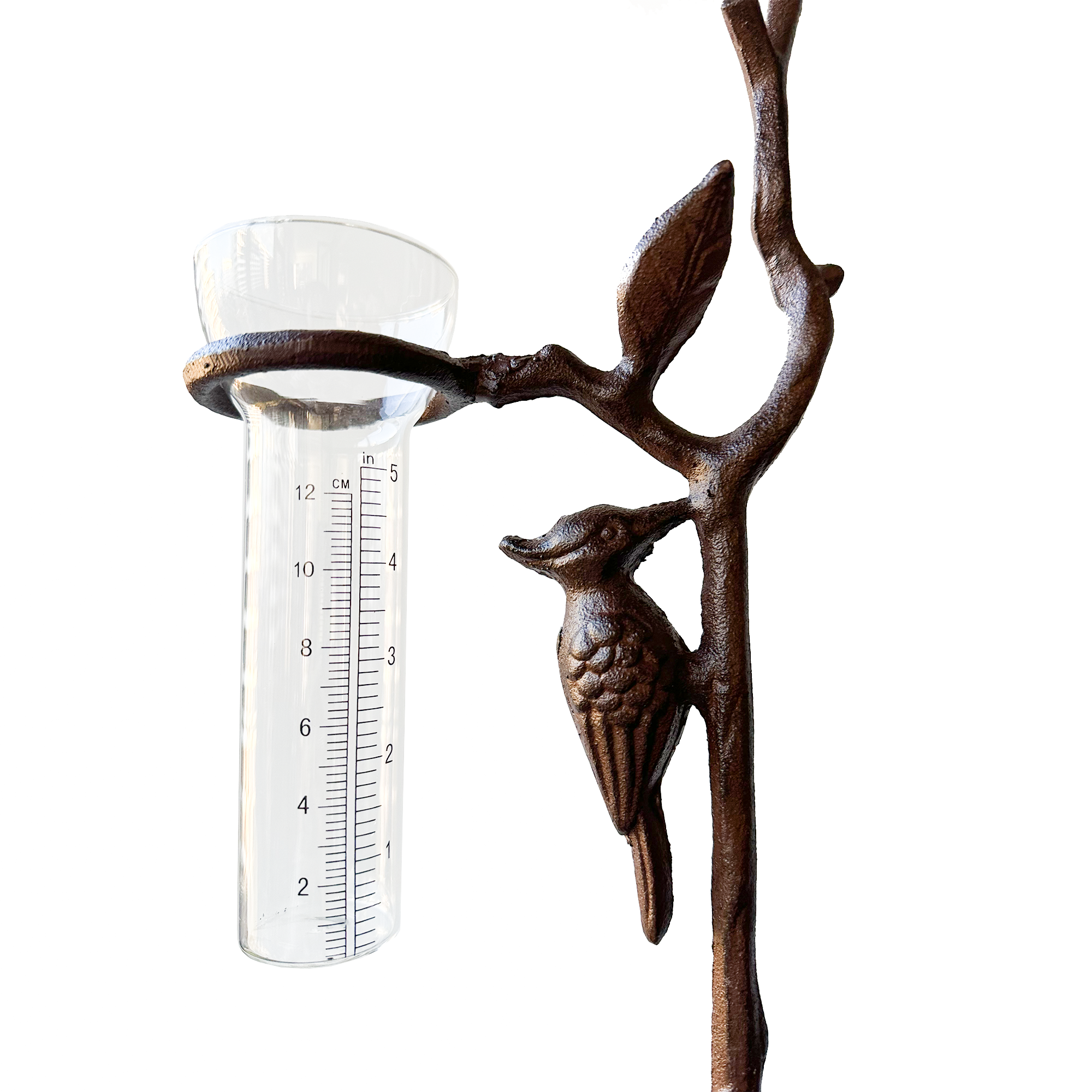Cutting-edge Layouts in Rain Gauges: What Makes Them Attract attention
Cutting-edge Layouts in Rain Gauges: What Makes Them Attract attention
Blog Article
Revealing the Scientific Research Behind Rain Determines: Just How These Tools Play a Vital Duty in Environment Study and Ecological Surveillance
Rainfall gauges, apparently straightforward devices, hold a profound value in the realm of environment research study and ecological monitoring. These simple instruments quietly collect among nature's most important aspects-- rainfall. Behind their unpretentious exterior lies an intricate science that is important for recognizing the characteristics of our environment. As we peel off back the layers of this scientific shroud surrounding rainfall determines, we discover a globe where accuracy, data precision, and thorough observation converge to reveal a much deeper understanding of our altering climate and its influence on the world.
Importance of Rainfall Scales
Rainfall assesses play an important duty in surveillance and measuring rainfall degrees, providing crucial information for climate study and analysis. These gadgets are fundamental in measuring the quantity of rains that occurs in a particular area over a specific period. By gauging and accumulating rainwater, rain determines deal valuable understandings right into the circulation and strength of rainfall, aiding meteorologists, hydrologists, and climatologists in comprehending weather condition patterns and patterns.
In addition, lasting information accumulated from rain evaluates helps in assessing environment modification influences and patterns, adding dramatically to clinical study and decision-making processes. In significance, rainfall determines serve as necessary tools in the area of weather forecasting and environmental scientific research, playing an essential role in advancing our understanding of weather condition and environment dynamics.
Sorts Of Rainfall Gauges

Functionality and Operation
In the world of climate research study and atmospheric researches, the performance of rainfall assesses hinge on their intricate performance and exact functional mechanisms. Rain evaluates are designed to accurately measure the amount of precipitation that tips over a certain area during a collection duration. These tools generally contain a funnel that gathers rainwater and networks it into a measuring tube. The measuring tube is marked with calibrated dimensions that permit the specific metrology of rainfall.
The performance of rain gauges is based upon the concept of determining and accumulating rain in a standard way. This accumulated information is crucial for understanding local climate patterns, tracking lasting environment patterns, and examining weblink environmental effects. To make sure precise measurements, rain evaluates demand to be strategically put in open areas away from obstructions such as structures or trees that might hinder the collection procedure.
The functional element of rain assesses entails routine upkeep to stop debris accumulation, wikipedia reference calibration checks to maintain measurement precision, and data videotaping for analysis (rain gauge). Generally, the functionality and operation of rainfall assesses are vital for collecting trusted precipitation information crucial to climate study and environmental tracking
Function in Environment Research
Given the important value of accurate precipitation measurements in recognizing climate patterns and environmental effects, the duty of rainfall gauges in environment research study is important. Rain assesses offer essential data for environment research by evaluating the amount of rainfall that tips over a specific area throughout an offered period. This data is critical for monitoring lasting patterns in precipitation patterns, analyzing the effect of environment modification on rains circulation, and boosting environment versions.

Environment scientists use information collected from rainfall determines to assess variants in rainfall degrees, recognize regional climate trends, and examine the effectiveness of water source monitoring techniques. By comparing historic rainfall data with present measurements, scientists can find changes in rainfall patterns, such as adjustments in the regularity or intensity of rainfall events. This information is vital for comprehending exactly how climate modification is affecting precipitation dynamics and can assist policymakers make informed decisions relating to adjustment and reduction approaches.
Applications in Ecological Monitoring

In flooding projecting, rain gauge information aids to track rainfall intensity and distribution, enabling authorities to provide timely cautions and take necessary actions to minimize flood threats (rain gauge). Dry spell monitoring counts on rain scale information to evaluate dampness degrees in the dirt and track precipitation deficits, helping in the identification of drought-prone locations and the execution of dry spell response approaches
Moreover, rain gauge data plays a vital role in water resource monitoring by giving info on water availability and usage trends. my website Additionally, in farming, rainfall gauge data assists farmers in maximizing irrigation schedules, plant option, and overall farm management techniques based on local rainfall patterns.
Verdict
Finally, rain determines are necessary devices for determining precipitation, providing beneficial data for environment study and environmental surveillance. With different types and capabilities, rainfall evaluates play a vital duty in comprehending precipitation patterns and their effect on the atmosphere. By accurately gauging rains, these devices add to the innovation of scientific understanding and assistance in making informed decisions related to water resource management and catastrophe preparedness.
Rain gauges play an indispensable duty in tracking and determining rainfall degrees, supplying crucial data for environment study and evaluation. The standard rain gauge, understood as the "tipping container" gauge, is one of the most generally utilized tools. Ultrasonic rain assesses usage audio waves to spot the visibility of rainfall, giving real-time information on rainfall degrees.Environment scientists utilize information accumulated from rain assesses to examine variations in precipitation degrees, determine local climate patterns, and review the efficiency of water source monitoring strategies.In conclusion, rainfall assesses are necessary tools for determining rainfall, offering useful data for environment research study and environmental tracking.
Report this page